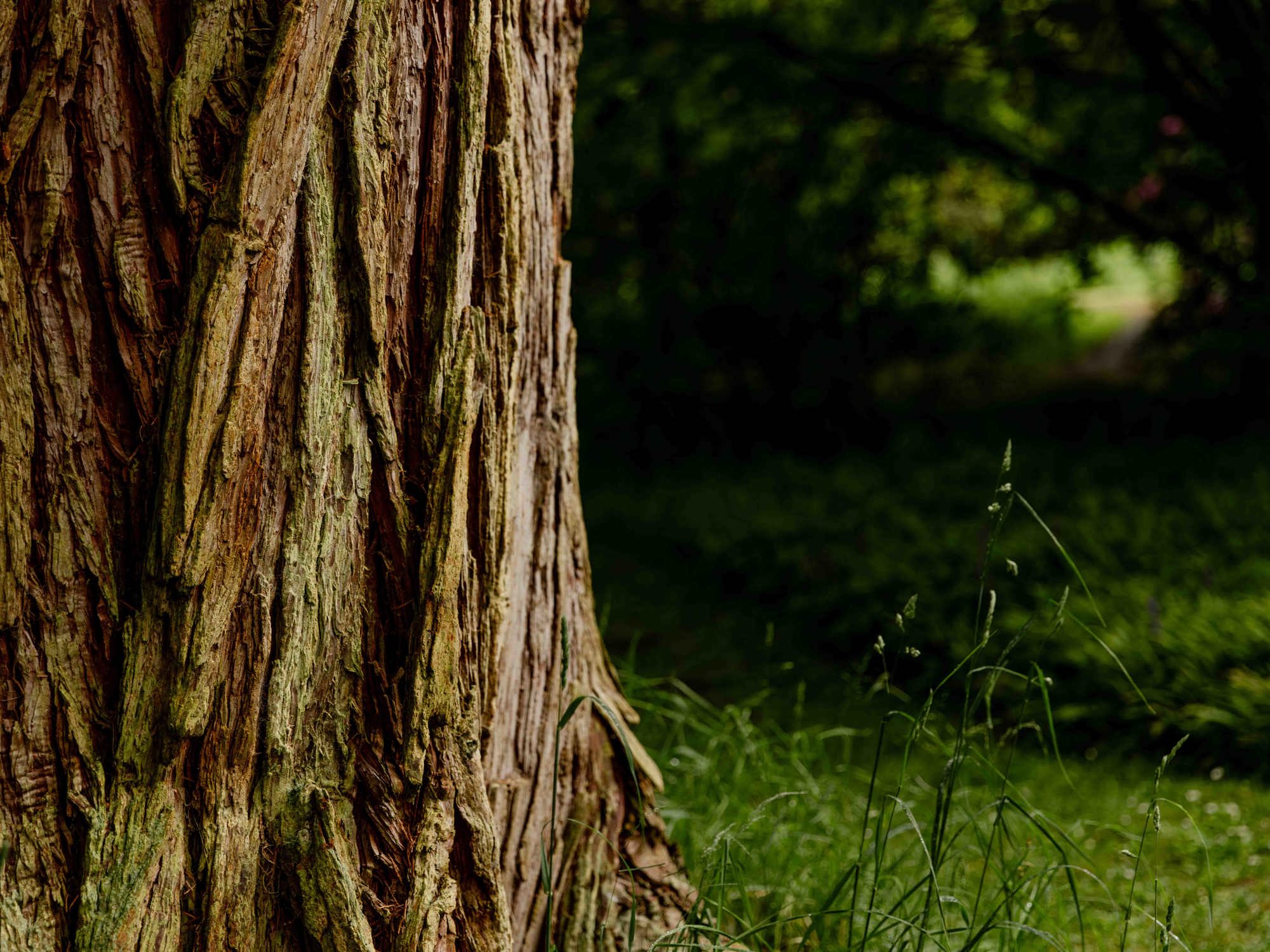Leading environmental scientists are urging the world not to overlook some of our greatest natural assets in the race to mitigate the impact of the biodiversity crisis and climate emergency. While significant moves in policy are providing hope for the future of the world’s forests, serious gaps are ignoring the potential gains to be made conserving the priceless and expansive ecosystems of the savannas, they argue.
Reflecting on the landmark COP26 decision to halt global deforestation by 2030, scientists from a collaboration of research institutes including at the Royal Botanic Garden Edinburgh (RBGE) and Princeton University have joined forces in an open letter to Science* magazine. They claim that while last November’s call to action in Glasgow marked a positive start, policy makers are still falling short of the mark. If real progress it to be made in fighting the impact of the global biodiversity crisis and climate emergency we cannot afford to ignore the importance of the vast tropical grasslands, which in acreage outnumber their more famous forest cousins. And time is running out.
“When 130 nations announced their decision last November to halt global deforestation by 2030, it was a significant moment for the 2021 United Nations Climate Change Conference,” said RBGE tropical biologist Dr Caroline Lehman, who leads a team studying the grasslands and savannas of tropical Africa. “For the declaration to be made during COP was a welcome move. However, it falls short of what is needed. The plan must be expanded to include other tropical ecosystems such as savannas: covering an area of 20 million km2 - more than the 17 million km2 covered by tropical forests - they are important as carbon sinks.
“The Serengeti and other tropical and temperate savannas, which store carbon in the soil rather than in the biomass of trees, can capture at least as much carbon as tropical forests if managed correctly. In the course of a year, for example, each hectare of the Serengeti plains in Tanzania removes between 500 and 2,000kg of carbon dioxide from the atmosphere. That is enough in total to offset every airline flight to East Africa and all greenhouse the emissions produced in the region. We ignore their value at our peril.”
As with the tropical forests, the rate of destruction being witnessed in savannas is staggering. Brazilian savannas have been cleared at twice the rate of the Amazon. Savannas have yet not attracted the same high-profile campaigns to save these habitats. Which is why the open letter, signed by internationally renowned scientists, led by Andy Dobson, professor of ecology and evolutionary biology at Princeton University, makes clear the urgent need for action. They argue that savannas are as threatened as tropical forests by agriculture expansion and land clearing. Like the forests, savannas are crucially in need of awareness and protection.
Professor Dobson concluded: “The repeated grazing of wildebeests, zebras, and a variety of insects stimulates vegetative growth multiple times within a year, which considerably increases the volume of carbon dioxide absorbed from the atmosphere. Wildlife feces and carcasses enrich the store of carbon and nitrogen in the soil.
“Careful management of these areas is required now. Even 2025 may be too late to protect vulnerable forest and savanna ecosystems. The parties to the United Nations Framework Convention on Climate Change must be bolder and inclusive in their approach to climate change. Declared goals must include both forests and savannas. Above all, target dates should be set as soon as possible.”
ENDS
For further information, interviews, or images, please respond to this email or contact Shauna Hay on 07824 529 028 or Sandra Donnelly on 07312 128 637
EDITOR’S NOTES
The open letter is published in Science: https://www.science.org/doi/10.1126/science.abn4482
The Royal Botanic Garden Edinburgh (RBGE) is a leading international research organisation delivering knowledge, education and plant conservation action around the world. In Scotland its four Gardens at Edinburgh, Benmore, Dawyck and Logan attract more than a million visitors each year. It operates as a Non-Departmental Public Body established under the National Heritage (Scotland) Act 1985, principally funded by the Scottish Government. It is also a registered charity, managed by a Board of Trustees appointed by Ministers. Its mission is “To explore, conserve and explain the world of plants for a better future.” Learn more: www.rbge.org.uk

